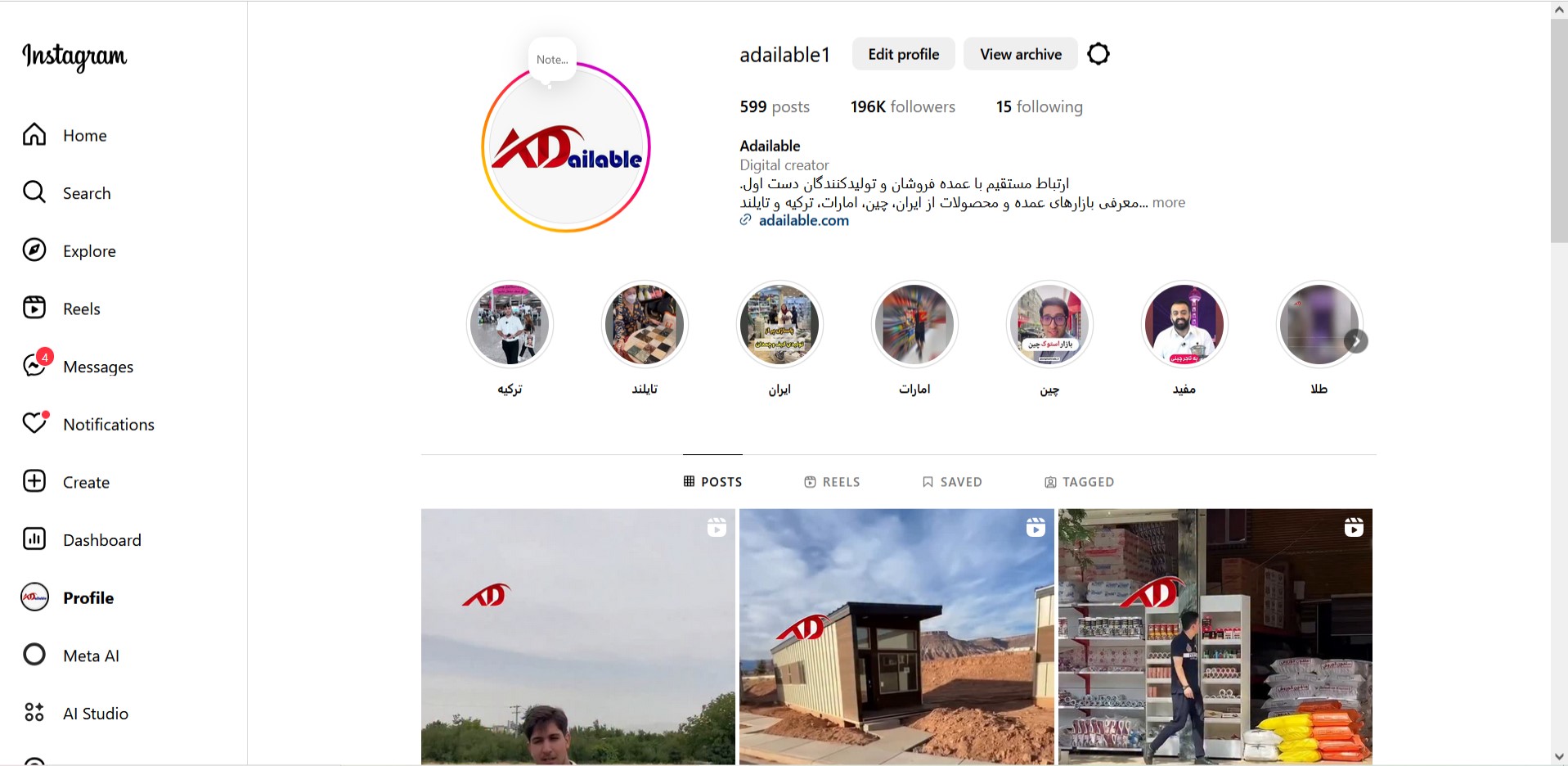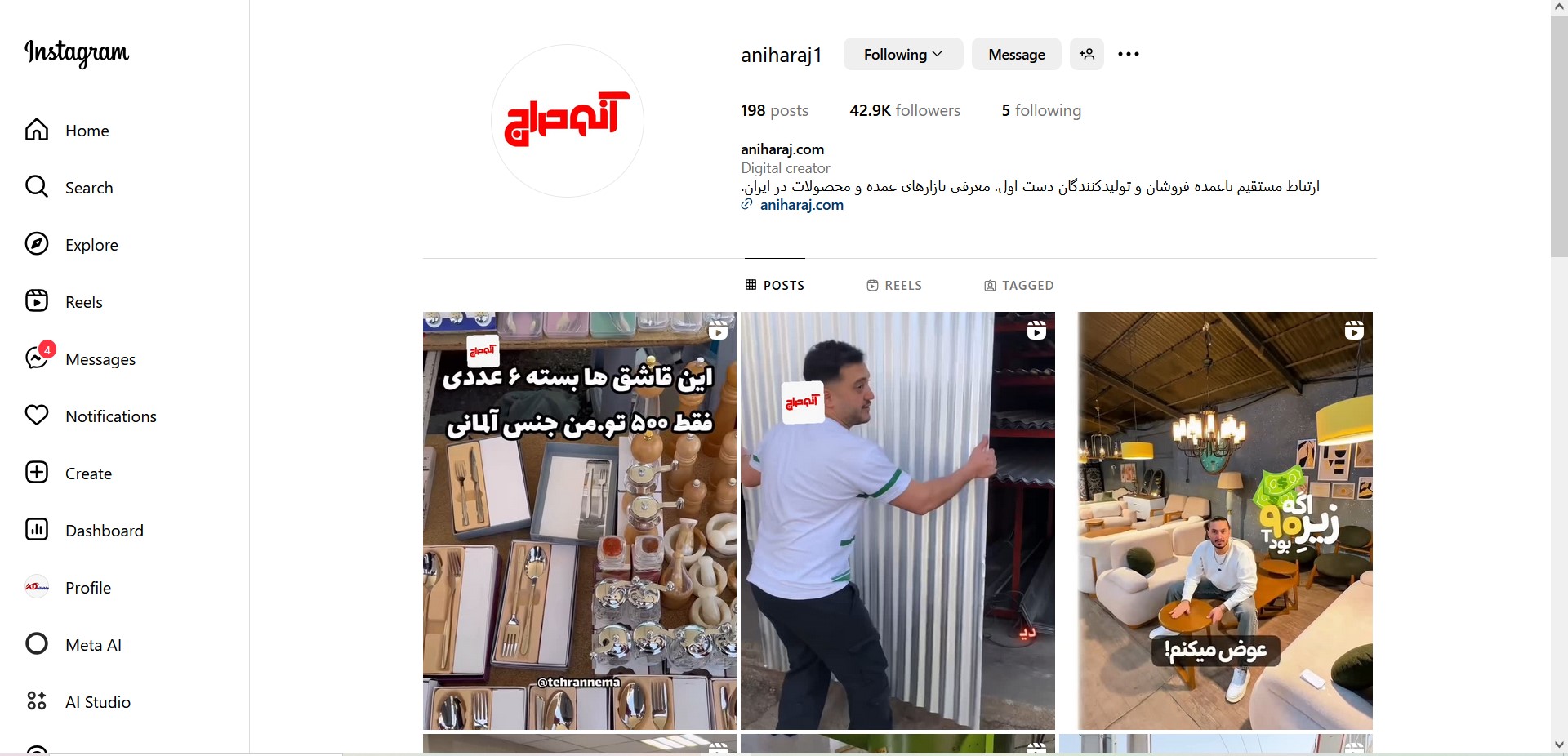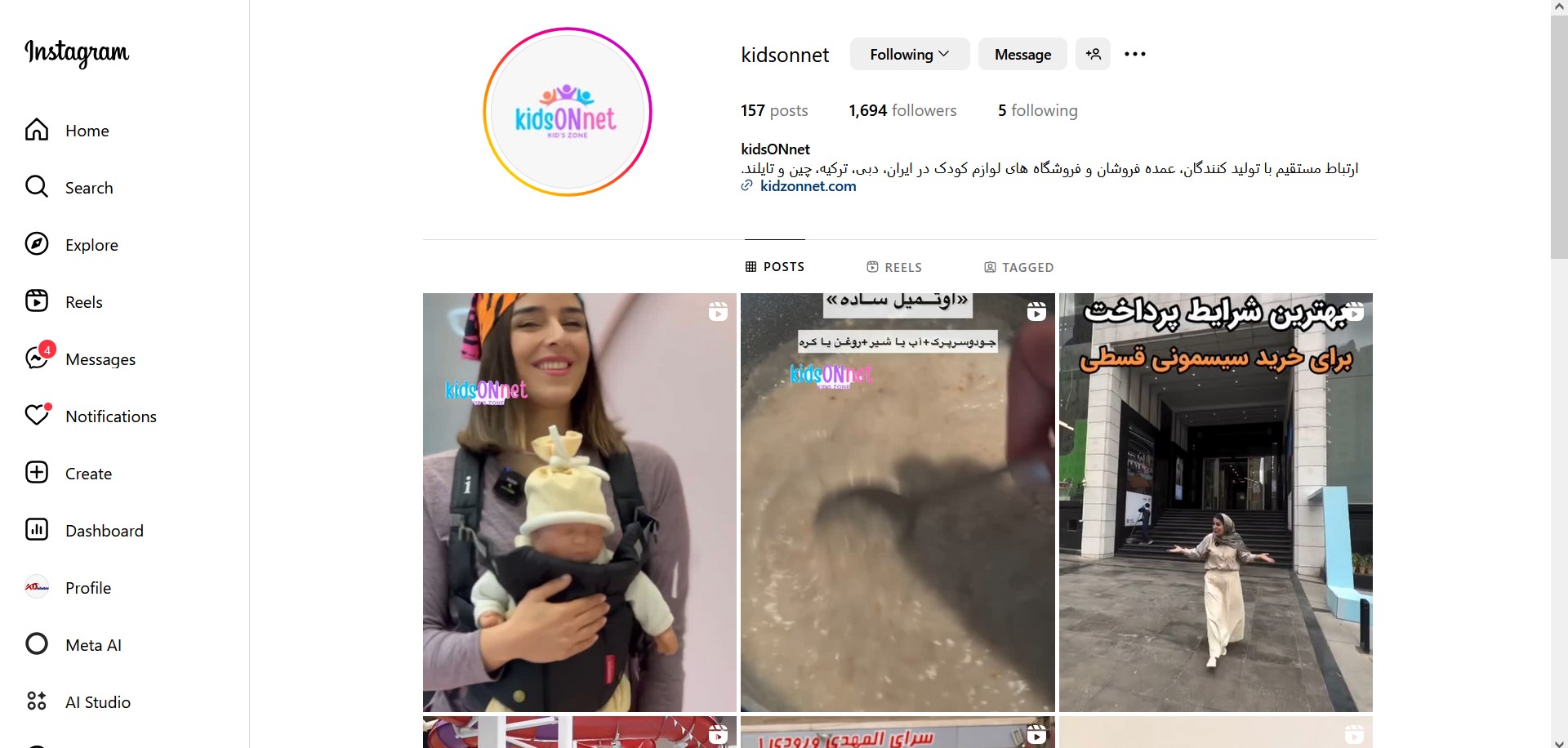- Introduction
- Why lack of capital shouldn’t stop you (and how to start a small business with little capital)
- Step-by-step: from idea to first sale (on a tight budget)
- The best small business ideas with low startup cost (by type)
- Funding strategies when cash is tight
- Cost-cutting and growth hacks that actually work
- Common mistakes (and how to avoid them)
- A simple 30–60–90 day plan (example)
- Regional & cultural notes (especially for Asia/Thailand)
- Micro-budgets that get you to launch (examples)
- Quick pricing math you can trust
- A one-page plan you can actually use
- First 10 customers: a practical playbook
- Lightweight compliance checklist (varies by country)
- Tools that punch above their price
- Metrics that matter (and those that don’t)
- Conclusion: Your first sale is the real launch
- Frequently asked questions
Introduction
If you’ve ever dreamed of running your own venture but felt blocked by money, this guide is for you. In the next few minutes, you’ll learn how to start a small business with little capital with practical steps, real-world examples, and a playbook you can follow today.

Starting lean is not just a constraint—it’s an advantage. With a clear plan, some creativity, and the right tools, you can launch faster, spend less, and learn more. You’ll also see small business ideas with low startup cost that suit different skills, lifestyles, and locations, so you can pick a path that matches your strengths.
👉 “Looking to earn extra income on your own terms? Don’t miss our guide on How to Find Freelance Gigs Online (Step-by-Step).”
Why lack of capital shouldn’t stop you (and how to start a small business with little capital)
The hardest part is not cash—it’s clarity and commitment. Many founders begin with tiny budgets, simple tools, and a strong learning habit. They keep overhead low, test demand early, and reinvest profits. This “lean startup small business” mindset helps you move quickly while reducing risk.
Think about how local service providers get started: a freelance designer with a laptop and a few client referrals; a home baker accepting pre-orders; a neighborhood tutor who builds a reputation through results. These aren’t fairy tales—they’re repeatable patterns. When you understand how to start a small business with little capital and practice disciplined execution, you can make small bets that compound into meaningful revenue.
Advantages of starting lean
- Lower risk and pressure (you can pivot faster).
- Faster feedback loops (you’re closer to customers).
- Stronger fundamentals (you learn what truly matters).
Supporting this approach are simple principles: validate demand before spending, keep fixed costs minimal, and grow through real cash flow. That’s the path for anyone exploring small business ideas with low startup cost and similar directions like “low cost business ideas,” “start a business on a budget,” or “business you can start with little money.”
👉 “Dreaming of location freedom? Discover everything you need in The Ultimate Guide to Remote Work From Thailand.”
Step-by-step: from idea to first sale (on a tight budget)
This section shows you how to start a small business with little capital with a clear, repeatable sequence. Treat it like a checklist you can run once, then again whenever you test a new offer.
1) Validate your idea for free (or almost free)
Start with problem-first thinking. Interview potential customers, browse community forums, and look through social media groups to find pain points. Create a quick landing page with a no-code tool, then send traffic from relevant communities or small ad tests. If people sign up or pre-order, you have signal. If not, iterate. This is the cheapest way to avoid building the wrong thing.
2) Choose a lean business model
Favor models that require little inventory and low fixed costs: services, digital products, print-on-demand, affiliate marketing, or dropshipping. When you’re weighing small business ideas with low startup cost, compare effort, margins, delivery complexity, and your personal strengths. Select the narrowest niche that still has real demand—niching down lowers customer acquisition costs and boosts conversion.
3) Start digital-first, physical-second
Digital-first reduces rent, staffing, and inventory. Use a simple website, a one-page checkout, or even invoices and messaging apps to close early sales. Later, layer in physical operations if needed. “Business models with almost no startup cost” are ideal at this stage because they help you learn with minimal risk.
4) Use what you already have
Leverage your skills, tools, and network before spending. Could you teach, coach, write, design, photograph, repair, or organize? Sweat equity beats borrowed money. This is the essence of “bootstrapping a business.”
5) Make a low budget business plan
Write a one-page plan: value proposition, audience, channels, pricing, costs, and 30–60–90 day milestones. Track cash-in and cash-out weekly. This simple “low budget business plan” forces clarity and keeps you honest about priorities.
6) Price for profit from day one
Price for sustainability, not just sales. Use contribution margin logic (price minus variable costs = dollars to cover fixed costs and profit). Even in a “startup with low budget,” margin discipline is non-negotiable.
7) Build trust before scale
Share useful content, show social proof, and deliver fast. Email a mini case study to prospects. Offer a small trial. These give you leverage when you don’t have ad dollars.

By following these steps, you won’t just start—you’ll understand how to start a small business with little capital as a repeatable system you can apply to multiple offers or markets.
The best small business ideas with low startup cost (by type)
This is where we turn strategy into action. Below are practical small business ideas with low startup cost sorted by the assets you already have—skills, tools, or location. Use the ones that feel natural and test them with small, fast experiments.
Service-first ideas (minimal cash, fast to launch)
- Freelance writing/design/video: Sell outcomes, not hours. Package deliverables (e.g., “Brand Starter Kit”).
- Tutoring & coaching: Academic, language, test prep, career coaching. Start online or in-person.
- Cleaning & organizing: Residential or small office; start with your neighborhood.
- Social media management: Specialize in a platform or a niche (restaurants, salons, clinics).
- Home repair & handyman: Start with simple jobs and grow into bigger projects.
These are classic “low cost business ideas” because they lean on skills over inventory and deliver quick, visible wins.
Product-light ideas (no/low inventory)
- Print-on-demand: Designs on apparel, mugs, or totes—no inventory until a sale.
- Dropshipping: Research demand and ship via supplier; focus on marketing and service.
- Digital templates & courses: Guides, planners, mini-courses—sell via marketplaces or your site.
- Gift boxes / curation: Pre-order model to avoid overstock, especially for holidays or events.
These “business you can start with little money” keep risk low while you build brand and audience.
Local ideas (offline demand, fast word-of-mouth)
- Food stall or weekend cart: Start with 1–2 hero items; test in markets or pop-ups.
- Laundry pickup & delivery: Busy urban communities love convenience.
- Micro-retail or kiosk: Short-term leases in community centers or events.
- Mobile beauty services: Nails, brows, or hair styling at-home visits.

If you’re in Southeast Asia, you’ll notice how micro-entrepreneurs innovate with tiny spaces, family help, and community referrals. Cultural norms—like supporting local vendors—often create stronger early cash flow than you’d expect.
Digital-first ideas (audience before product)
- Content creation: Build a niche blog, YouTube, or podcast; monetize with services or products.
- Affiliate micro-sites: Niche comparisons and guides with honest reviews.
- Newsletter businesses: Curate insights for a specific industry or city; sell sponsorships later.
Across all of these small business ideas with low startup cost, the key is to validate early (are people paying, clicking, replying?) and cut what doesn’t convert.
Funding strategies when cash is tight
You’re learning how to start a small business with little capital because capital is constrained—so let’s match funding to the lean approach.
Bootstrapping first. Reinvest profits from early sales into the highest-impact growth levers (e.g., acquisition channels or better delivery). This creates a virtuous cycle without debt.
Friends & family: Small, clearly documented loans with repayment schedules. Use only after you’ve shown traction.
Crowdfunding: Pre-sell a product to validate demand and fund production. Focus on a tight story and clear rewards.
Microloans & grants: Look for local development programs or industry grants. Prepare a straight-to-the-point proposal and a 12-week budget.
Customer financing: Deposits or milestone-based payments reduce upfront cost—especially powerful for services and custom products.

These “small business funding ideas” keep you in control. The goal is to build momentum quickly, then choose whether to stay nimble or formalize financing.
Cost-cutting and growth hacks that actually work
A lean founder’s edge is in creative resourcefulness. Here are pragmatic levers to use now:
Use free/low-cost tools
- Website & sales: one-page site builders, marketplaces, invoicing apps.
- Marketing: email platforms with free tiers, short-form video, community groups.
- Operations: cloud docs, shared drives, project boards, chat tools.
Barter and partner
Trade services—design for copy, cleaning for photos, mentoring for legal templates. Partnerships create reach when you can’t buy it.
Automate the boring
Schedule posts, auto-send invoices, and set follow-ups. Automation is sweat equity you only pay once.
Focus on tiny, daily KPIs
Ten outreach messages, one new social proof, one content piece. Track leading indicators you can control instead of obsessing over revenue alone.
Scale when the math works
Once your margin and repeatability are proven, expand offers, add upsells, or open a second channel. This is a disciplined way to turn “startup with low budget” into a robust operation.
As you work through these, remember that small business ideas with low startup cost are not just lists—they’re starting points. What matters is shipping something small, learning fast, then doubling down on what sticks.
Common mistakes (and how to avoid them)
Even experienced founders stumble. Watch out for these traps:
- Overspending on branding before validation
A great logo won’t save a weak offer. Prove demand first, then polish. - Building complex systems too early
Keep the stack simple. Manual first, then automate. - Ignoring cash flow
Even a healthy pipeline can starve without careful timing of payables and receivables. - Scaling without a repeatable channel
If your sales come from luck, not a process, you’re not ready to scale. Find one paid or organic channel that repeatedly works. - Not reinvesting
The point of starting lean is to turn learnings into leverage. Reinvest early profits where they create compounding returns.
Avoiding these mistakes will save you months and keep you centered on the fundamentals of how to start a small business with little capital.
A simple 30–60–90 day plan (example)
Days 1–30: Validation & first wins
- Interview 10 potential customers; write down specific pains.
- Create a one-page offer and a checkout.
- Publish two content pieces answering the top questions.
- Close your first 3–5 paid sales (even small ones).
Days 31–60: Process & proof
- Document your delivery checklist.
- Capture testimonials and before/after examples.
- Choose one primary acquisition channel and systemize it (DM outreach, local partnerships, or content + email).
- Adjust pricing based on effort and outcomes.
Days 61–90: Focused scale
- Add one upsell or recurring offer.
- Automate/admin tasks that steal time.
- Reinvest 30%–50% of profit into the single best growth lever.
- Review cash flow and set next-quarter milestones.

This cadence is how you “start a business on a budget” without burning out. It keeps momentum high and waste low.
Regional & cultural notes (especially for Asia/Thailand)
- Community trust is currency. Word-of-mouth, family networks, and local groups are powerful early channels. Show up consistently, deliver reliably, and your reputation compounds.
- Micro-spaces and pop-ups make entrepreneurship accessible. Night markets, weekend fairs, or shared kitchens can be cheaper than long leases.
- Hybrid online-offline models thrive: take orders online, fulfill locally. Messaging apps double as sales channels.
- Respect for relationships matters. A warm follow-up and small gestures can be as important as price in securing repeat business.
These realities align perfectly with how to start a small business with little capital because they lower barriers and raise your odds of momentum in the first 90 days.
Micro-budgets that get you to launch (examples)
Money is a constraint, but constraints sharpen creativity. Use these sample budgets to reach your first sale fast.
Budget: \$50 (proof-of-concept)
- Domain + simple site: use a low-cost plan or even a free page with a branded URL shortener.
- Design: create a clean logo and banner with a free design app.
- Validation: run a tiny test—DM outreach, a community post with a clear call-to-action, or a \$20 ad split test.
- Deliverable: one paid micro-offer (e.g., 30-minute consult, quick fix, or mini-tutorial).
Goal: confirm demand and gather one testimonial.
Budget: \$250 (offer-market fit signals)
- Landing page + checklist lead magnet.
- Basic email platform to capture and nurture leads.
- Lightweight equipment or software specific to your service.
- Small promo budget to amplify your best-performing post.
Goal: 5–10 customers and a clear sense of pricing, time-to-delivery, and margins.
Budget: \$1,000 (repeatability)
- Polished website with structured pages (Home, Services/Products, Pricing, Proof, Contact).
- Starter brand kit (consistent colors, fonts, imagery).
- Tools for analytics, scheduling, and simple bookkeeping.
- A test of one scalable channel (partnerships, content engine, or targeted ads).
Goal: a repeatable acquisition loop and month-over-month revenue growth.
These micro-budgets bias you toward speed and learning. They work for “start a business on a budget” goals across services, product-light models, and local micro-retail.
Quick pricing math you can trust
A common failure mode is underpricing. Here’s a simple framework:
- Estimate variable costs (materials, shipping, payment fees, subcontractors).
- Add the time cost you want to pay yourself (even a modest hourly assumption).
- Apply a margin target (e.g., 40%–60% for services, 20%–40% for products).
Example: If a handmade product costs \$7 in materials and fees, and you want to pay \$20 for one hour of labor, your base is \$27. With a 40% margin, the price should be \$45 (rounded). If that sounds high for the market, shrink time or increase perceived value—don’t quietly lower your margin.
For services, package outcomes (e.g., “Website in a Week,” “Brand Audit”) instead of billing hourly. Outcome-based pricing is easier to scale and explain.
A one-page plan you can actually use
Use this structure to keep planning fast and useful:
- Promise: The concise benefit you deliver.
- People: Who you help (segment + problem).
- Proof: Past results, testimonials, or portfolio.
- Path: How customers find you (channels).
- Price: Anchors, packages, and payment terms.
- Process: Your delivery checklist from order to review.
- Pipeline: Daily/weekly sales activities you track.
Review this plan weekly. Remove steps that aren’t moving the needle, and reinvest time where conversion happens.
First 10 customers: a practical playbook
Scripts help when you’re nervous. Tweak these to your voice:
- Warm DM/Email: “Hey [Name], I’m helping [audience] with [problem]. I’m opening 3 pilot spots this week, including a [bonus] for feedback. Would you like details?”
- Community Post: “If you’re struggling with [pain], I put together a simple [checklist/template]. I’m offering 3 live walkthroughs this week—comment ‘walkthrough’ and I’ll DM you.”
- Follow-up: “Just checking in—did you still want the [result] we talked about? I have one slot left this week.”
Keep your outreach respectful and opt-in. The goal is to learn, not to hard sell. After the first 10 customers, rewrite your offer using their words—your close rate will jump.
Lightweight compliance checklist (varies by country)
- Register the business name if required.
- Understand basic tax obligations (income, VAT/sales tax, invoicing).
- Get the right licenses or permits for food, health/beauty, or services.
- Use simple contracts or scopes of work to clarify deliverables and payment.
- Keep clean records—separate personal and business finances.
When in doubt, talk to a local accountant or small business association. A short consultation can save you months of confusion.
Tools that punch above their price
- No-code site builders for fast pages and checkouts.
- Email platforms with generous free tiers to start list-building from day one.
- Design apps for social posts, decks, and basic branding.
- Accounting tools or spreadsheets for cash tracking.
- Project boards for delivery and handoffs.
- Link-in-bio or mini landing tools if your audience lives on social platforms.
Pick the minimal stack you’ll actually use. Tool sprawl is just another form of procrastination.
Metrics that matter (and those that don’t)
Track these weekly:
- Conversations started and replies received.
- Leads captured and qualified meetings booked.
- Conversion rate from offer to sale.
- Average order value and contribution margin.
- Cash in bank and weeks of runway.
Ignore (for now): fancy vanity metrics without a link to revenue. Views are nice; paid orders are better.
Conclusion: Your first sale is the real launch
You now know how to start a small business with little capital as a practical sequence: validate demand, pick a lean model, ship quickly, and reinvest. The right small business ideas with low startup cost will match your skills and circumstances; the best path is the one you can execute this week. Start with one small promise, deliver it flawlessly, and let proof power your next step.
Remember: most breakthroughs come from steady, unglamorous work. Keep costs low, keep learning high, and keep moving. Your first few customers will teach you more than any course—serve them well, and momentum will follow.
Frequently asked questions
Q: What business can I start with very little money?
Service-led offers (tutoring, editing, cleaning), digital products (templates, courses), and local micro-retail are strong choices. These are classic “start business with minimal capital” paths.
Q: How do I pick the right idea?
List your skills, interests, and unfair advantages. Talk to potential customers. Choose the smallest niche that still has demand. Use small business ideas with low startup cost lists as inspiration, not dogma.
Q: Do I need a formal business plan?
A one-page “low budget business plan” is enough at first. Define audience, offer, price, costs, and 30–60–90 day milestones. Update it weekly.
Q: How can I fund the first steps without loans?
Pre-sell, collect deposits, or run small crowdfunding campaigns. Explore “small business funding ideas” like microloans or grants only after you show traction.
Q: When should I invest in ads?
After you prove your offer with organic or partnership channels. Ads amplify a working system—they don’t rescue a weak one.
Q: What is the best way to start a small business with little capital?
The best way is to begin with service-based or digital ideas that need minimal investment, such as tutoring, freelancing, or online consulting. By validating your offer quickly and reinvesting profits, you learn how to start a small business with little capital without taking on debt.
Q: What are some small business ideas with low startup cost?
Popular small business ideas with low startup cost include print-on-demand, dropshipping, home-based baking, social media management, and cleaning services. Each relies more on skills and time than large upfront expenses, making them perfect for beginners.
Q: Do I need a formal business plan when starting with little money?
Not at first. A one-page low budget business plan is usually enough to map out your audience, offer, and cash flow. As your venture grows, you can expand the plan to attract partners, investors, or small business funding ideas.
Q: How can I fund my business without big loans?
Bootstrapping is key. Reinvest early profits, consider microloans or grants, and try crowdfunding for product ideas. Even simple tactics like pre-selling or collecting deposits can help prove demand while showing you how to raise small capital responsibly.
Q: What mistakes should I avoid when starting with little capital?
Avoid overspending on branding, taking unnecessary loans, or scaling before you have repeatable sales. Instead, focus on lean operations, testing low cost business ideas, and staying disciplined about reinvesting profits. This keeps your startup with low budget sustainable.





















